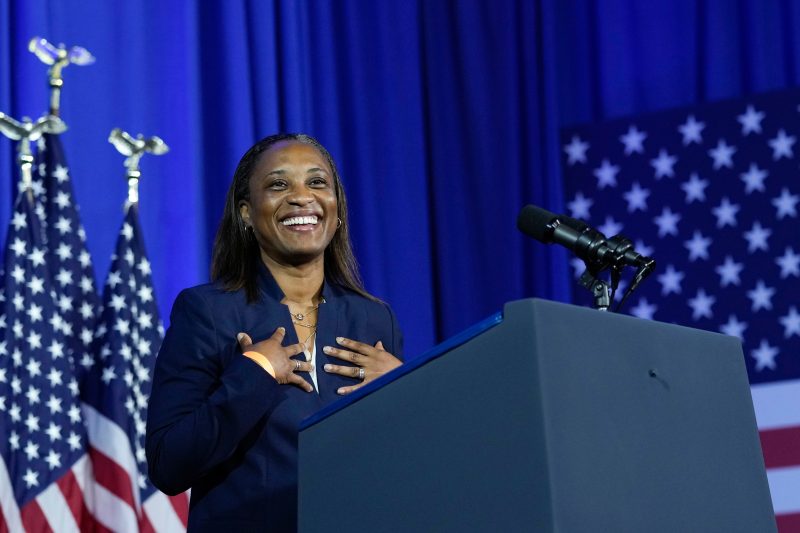California Gov. Gavin Newsom announced Sunday that he was appointing Emily’s List President Laphonza Butler as the replacement to former senator Dianne Feinstein (D-Calif.), who died last week. In doing so, he upheld a promise to fill any vacancy with a Black woman — and tacitly highlighted the extent to which the Senate has for most of its history been the jurisdiction of White men.
There have been about 2,000 people who have served in the U.S. Senate, including the 99 who do so currently. When Butler is sworn in, the chamber will be back to its full complement of 100 senators. About 5 percent of those who have ever served in the Senate are currently serving in the Senate.
About 3 percent of those who have ever served in the Senate have been women. As you are probably aware, women make up and have always made up far more than 3 percent of the population, but it wasn’t until about 100 years ago that the first woman served — by appointment.
Nearly half (42 percent) of all of the women who have ever served in the Senate will be serving once Butler is sworn in.
Even fewer non-White Americans — people who identify as Asian, Black, Hispanic or Native American — have served in the Senate. About 2 percent of those who’ve ever served in the Senate have been non-White. A bit more than a third of them will be serving once Butler joins the body.
Of course, Black people (like Butler) make up only a portion of that already small number. Once Butler is sworn in, there will have been 12, a third of whom will be serving in this Congress.
When we overlap two categories, we see that Butler will be one of four Black women ever to serve in the Senate, and the only one to do so currently.
Butler is also openly lesbian. There have been only three senators to identify as LGBTQ+ while serving in office, all of whom will be serving once Butler is sworn in.
Senate representation is necessarily difficult to overlap with state populations. You can’t encapsulate the breadth of your population in only two people unless your state is overwhelmingly homogeneous. That’s not why the Senate has been so overwhelmingly White and male, of course; limitations on who could or might be expected to hold power remain in place in much of the country.
Butler’s appointment, though, narrows the gap between who Americans are and who holds power. It’s still the case that while non-Hispanic White men are about 29 percent of the population, they are two-thirds of the Senate. Calfornia’s new senator, it can be presumed, should often provide a somewhat different perspective.
Senator glyph created by Miguel C. Balandrano from the Noun Project.

